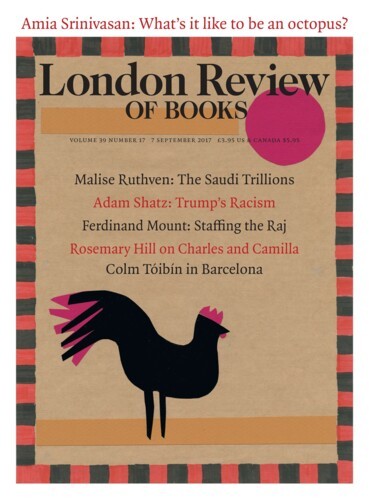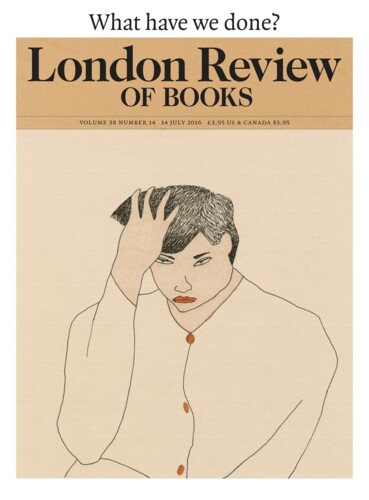On the morning of 25 September 2006, Safia, the first head of the women’s affairs department in Kandahar, was climbing into a rickshaw to go to work when two men on a motorcycle drove by and shot her three times. Safia’s death was the first I heard about, but I soon learned of twelve other women who had been murdered since the Nato invasion of Afghanistan in 2001. It was...
‘This whole fiasco around women’s rights, it’s more an international effort than an Afghan-born one,’ Hamidi said. She kept her headscarf close and drew it across her chest every so often as we spoke. ‘It didn’t spring from the bottom up. It is something that was imposed from the outside.’ The changes had put in danger the lives of the very women they were intended to empower – the four women who sit on the provincial council, for example. In the eyes of polite Kandahar society, these young, unmarried women, who take tea and ride in bulletproof vehicles with men, are little more than molls. ‘Even if they are angels, society will make them out to be monsters,’ Hamidi said.


